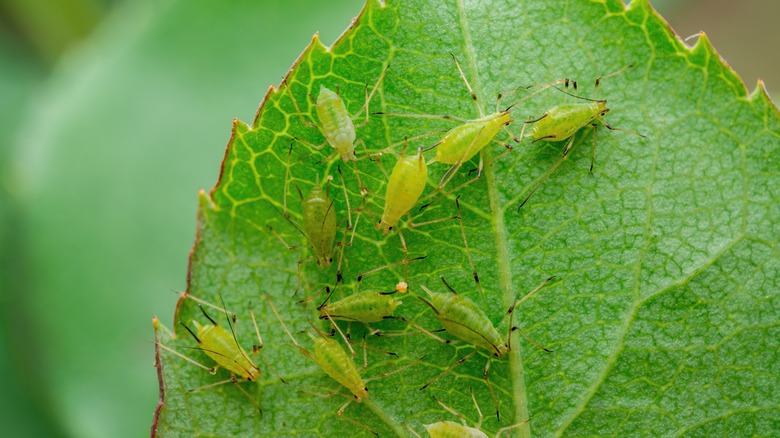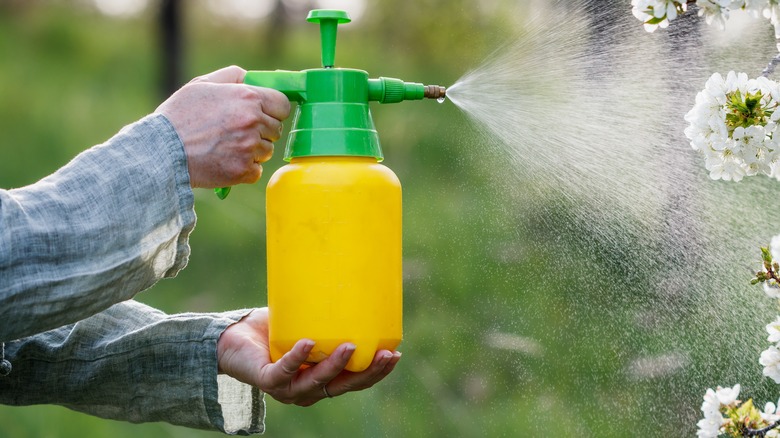Originating from Asia, crepe myrtle trees (Lagerstroemia indica) have become a beloved staple in gardens across the United States, particularly in the South. However, keeping this flowering tree that’s perfect for your yard alive means fighting the pests that frequently threaten it, which include Japanese beetles, aphids, and Asian ambrosia beetles. While these pests may seem like minor nuisances, their collective damage can be substantial, affecting the tree’s aesthetics and health. Addressing pest issues is essential to crepe myrtle care, not just for the tree’s appearance but for its long-term resilience. When you ignore or underestimate the damage these pests can inflict, you risk weakening the tree to a point where it becomes vulnerable to diseases. This creates a vicious cycle of decline that could be challenging to reverse.
When your tree is in poor health, you’ll invest more time and money into its maintenance. This drain on your resources can quickly add up, especially considering the cost of treatments or specialized care. In extreme situations, you might have to remove the ailing tree entirely. This can be particularly heartbreaking if the tree is a mature crepe myrtle that has been a garden centerpiece for years. That’s why quick identification and efficient management of pests are crucial. By tackling the problem early, you can save yourself from potential emotional and financial burdens down the line.
What are these pests, and what do they do?

Japanese beetles can be quite a menace to your crepe myrtle. They measure around half an inch in length and are easily identifiable by their metallic blue-green heads paired with copper-colored wings. What they do to your tree is far from attractive; they chew through the leaves until they resemble mere skeletons, significantly impacting the tree’s ability to undergo photosynthesis and thrive. They can also cause damage to the roots of the tree.
Aphids are much smaller and somewhat more inconspicuous than Japanese beetles. They’re generally greenish and covered in black spots. Though they might not be as visually noticeable, the damage they cause is significant. By sucking the sap right from the leaves, they induce a range of issues from wilting to discoloration.
Lastly, the Asian ambrosia beetle poses a severe threat that goes beyond mere cosmetic issues. These beetles are small and dark brown to black in color. What sets them apart are their destructive habits. They bore into your tree, creating small but detrimental holes where the females deposit their eggs and introduce a fungus known as ambrosia that nourishes their offspring. Before the newly-hatched females exit, they mate and seek a new host tree for the next cycle.
Effective ways to eliminate these pests

If you find Japanese beetles on your crepe myrtle, you can manage them without chemicals. Simply handpick them off the tree and submerge them in a bucket of soapy water. This manual removal is time-consuming but effective. Getting rid of aphids is easier, since they’re more susceptible to targeted treatments. Consider using insecticidal soaps for effective results. Additionally, be careful not to harm natural predators like ladybugs that love to feast on aphids. In the case of an Asian ambrosia beetle infestation, immediate action is required. Cut off and properly dispose of any affected branches. Removing the entire tree may be the only option if the main trunk is severely damaged. To prevent further infestations in your garden, apply a thorough coating of insecticides like diazinon or endosulfan to the trunks of nearby plants that may be prone to beetle attacks.
While treating an existing infestation is essential, prevention is key as well. Regularly inspect your crepe myrtle trees for signs of these common pests. Early detection can make treatment more effective and potentially save your tree from severe damage. You can also apply preventative insecticides during the early growing season to ward off these pests before they become a significant problem. Furthermore, maintaining the overall health of your tree through proper watering, fertilization, and pruning can help it fight off these pests. Healthy plants are often more resilient and can better withstand minor infestations, so don’t underestimate the power of proper tree care.



